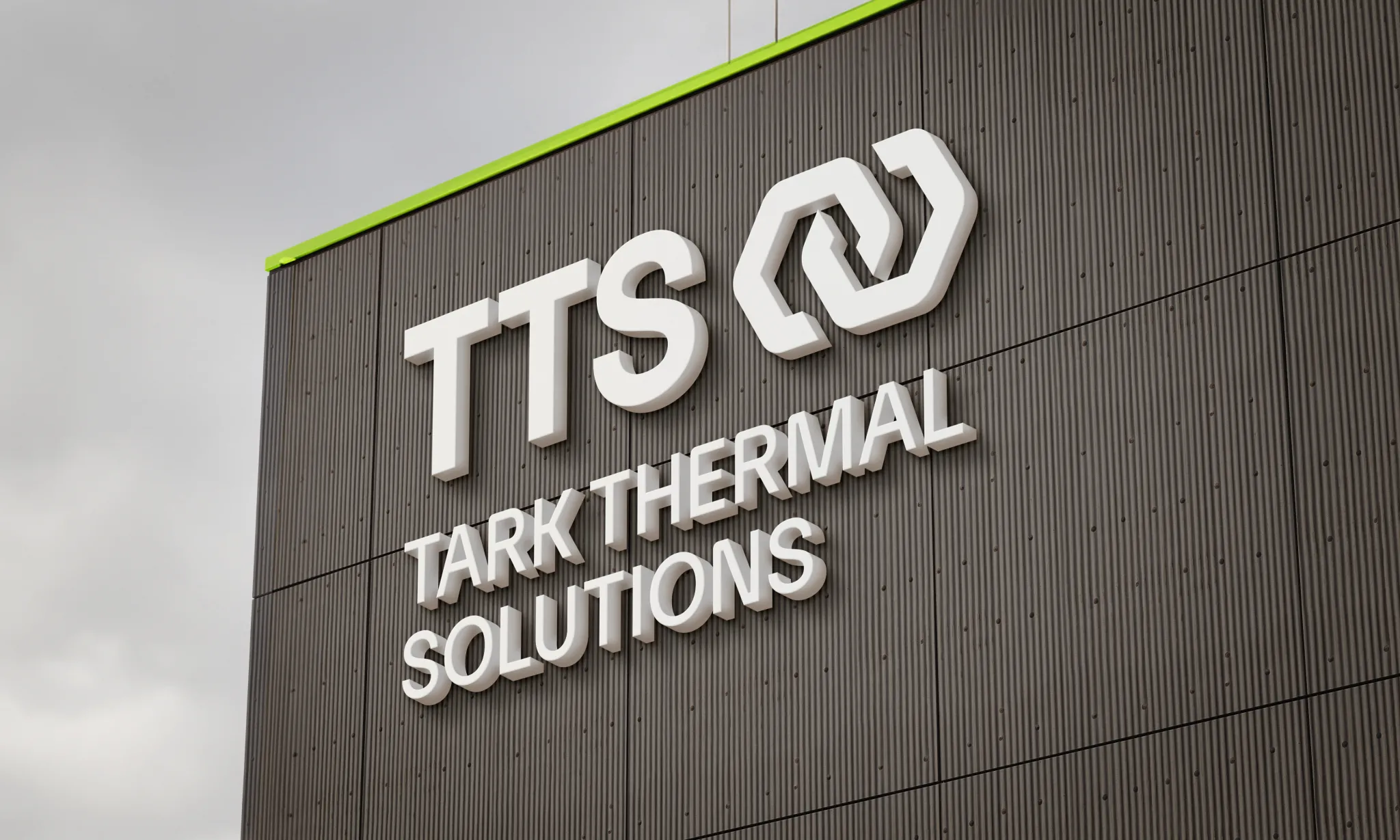AA-040-24-22 Air-to-Air
The AA-040-24-22 is an Air-to-Air Thermoelectric Assembly (TEA) that uses impingement flow to transfer heat. It offers dependable, compact performance by cooling objects via convection. Heat is absorbed and dissipated through high density heat exchangers equipped with air ducted shrouds and brand name fans. The heat pumping action is created by thermoelectric modules, which are custom designed to achieve a high coefficient of performance (COP). It has a maximum Qc of 41 Watts when ΔT = 0 and a maximum ΔT of 43 °C at Qc = 0.

 10°C to more than 40°C and are also exposed to rain, dust dirt and humidity.
10°C to more than 40°C and are also exposed to rain, dust dirt and humidity.